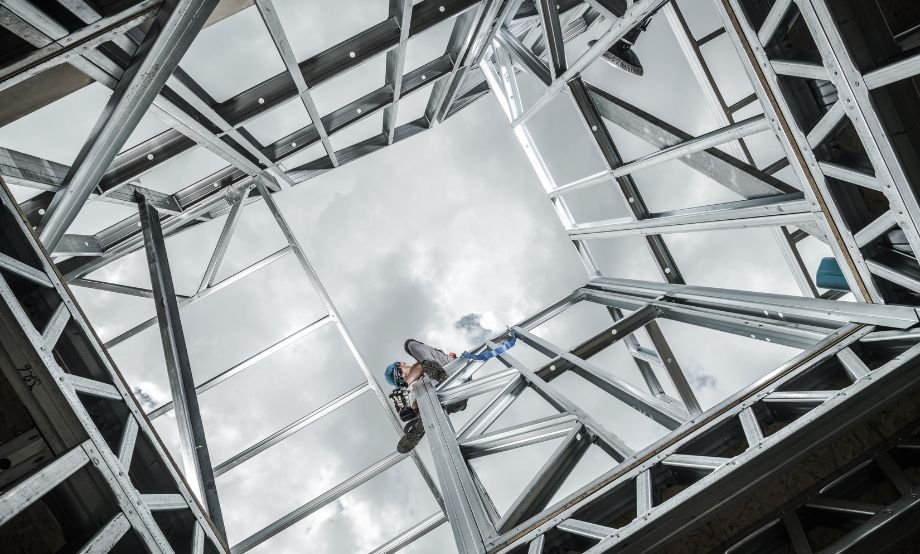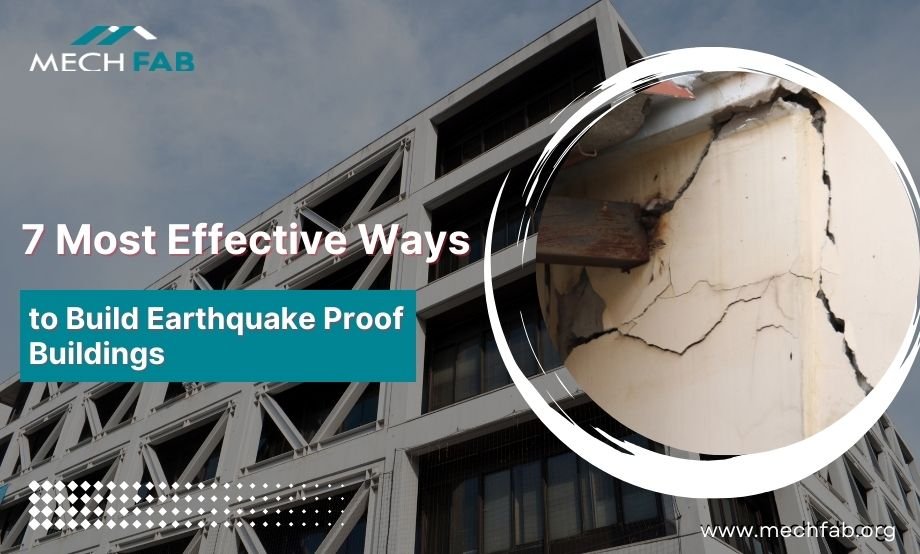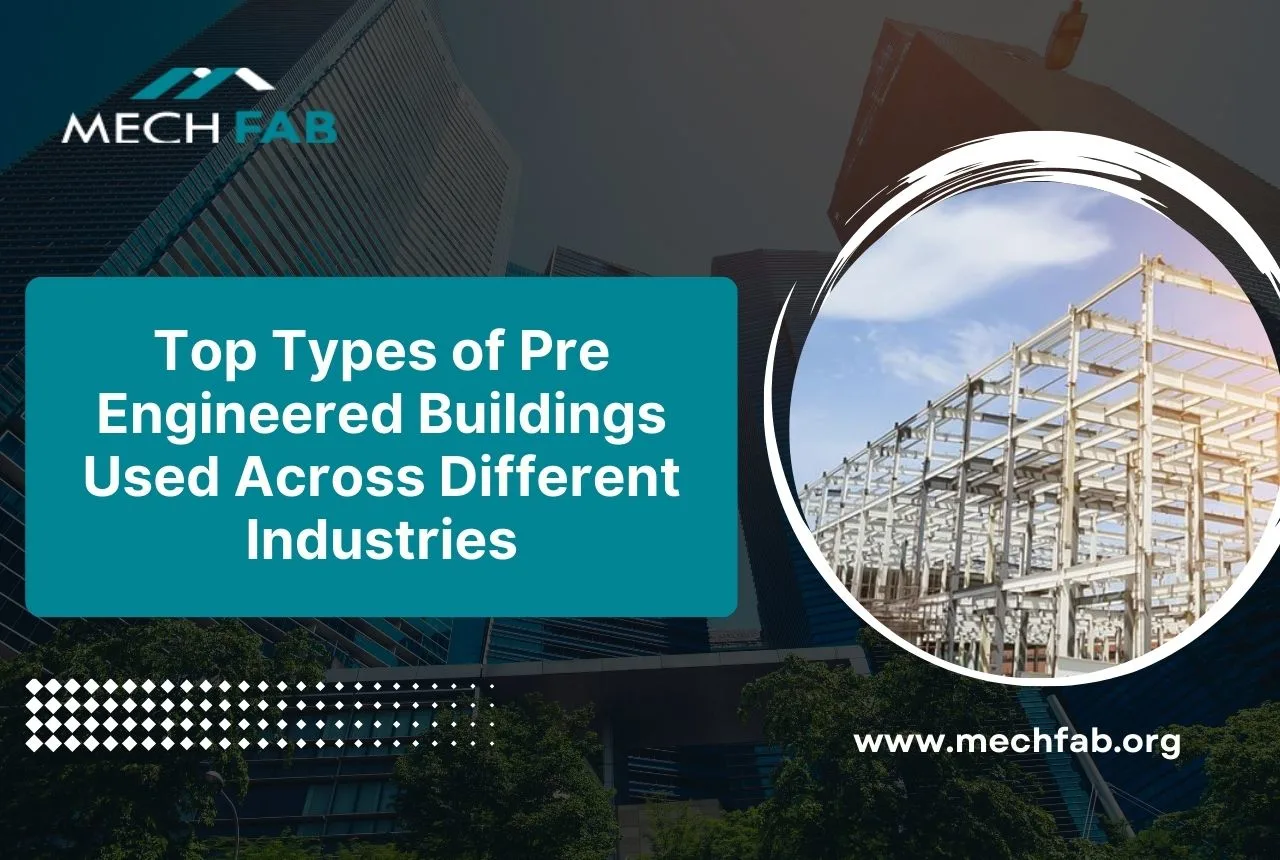Living in a seismically active zone like Northeast India, it is crucial that you build earthquake proof buildings to ensure safety. But, most people approach construction in a very different way that can prove to be hazardous later. Therefore, we will discuss how to approach the construction of your home or office or any other structure to make it strong enough to stand when the earth jolts.
Here’s Something New: Every Building Shakes Differently

You may not know about it but every building shakes differently in an earthquake. This is because of their build and height.
Small Buildings:
High frequency waves (which are short and happen often) have a bigger effect on small buildings.
For instance, a big swell will not have much of an effect on a small boat travelling in the ocean. But if there are a lot of small waves that come at once, the boat can flip over. In the same way, high frequency earthquake waves shake a small building more than any other size.
Tall and High:
Long-term shaking, also called slow shaking, has a bigger effect on big structures or high-rise buildings.
Short waves that come quickly after each other, for example, won’t bother an ocean ship much. A big swell, on the other hand, will have a big effect on the ship. In the same way, longer earthquake waves will cause a building to shake more than shorter waves.
Here’s How You Can Build an Earthquake Proof Building

Analysing the Site and Type of Soil
When choosing a site for your home, pick a spot away from minor or major fault lines and landslide prone areas. It is still not an usual practice but conducting a thorough geological survey of the spot is a determining factor.
Determine its bearing capacity and seismic susceptibility by determining the soil’s composition. Seismic disturbances are amplified by soft and loose soils, so it is essential to design foundations accordingly.
Making the Foundation that Holds
Use relatively small foundations like spread footings for stable soil. For weak soils, deep foundations that reach stable strata, such as piles or piers, provide superior support.
Utilise base isolation systems, which use bearings to decouple the building from ground motion and isolate the structure from swaying.
Using Reinforced Material
Use strengthened concrete that has the right number of steel bars. When you add reinforcement to a building, it makes it more flexible, so it can bend without falling apart during an earthquake.
To make sure that seismic forces are spread out properly, buildings should have expansion joints and shear walls. During earthquakes, shear walls and cross-bracing take up the sideways movement.
Also Read: Types of Construction Material: Uses and Application.
Using Lightweight Material
Use light materials for roofs and other non-structural parts of the house to make it lighter overall. During building, make sure that strict quality control measures are in place to make sure that the materials and methods used meet the standards for seismic design.
Incorporate Diaphragms
Diaphragms are built into horizontal buildings to spread the sideways forces that happen during an earthquake. These parts are put into the floors and roof to connect the vertical parts of the building. When the building twists, the diaphragms also help to take the stress and turn it off of it.
Using PEB Structures
A steel frame is a pre engineered building is probably the best option one can get for building an earthquake proof building. The pre-built durable steel frame provides excellent support for a building regardless of the height.
Also, authorities have always preached for constructing with iron frames. This can evidently keep a building intact when the earth shakes.
Wrapping Up
An earthquake is a natural unpredictable event and it affects buildings the most. With the help of the above mentioned techniques, we can muster the seismic waves to a considerable extent and build earthquake proof buildings. Mechfab works with pre-engineered steel buildings that strengthen a building’s structure and help it withstand any minor or major earthquakes.
Also Read: Did You Know Fun Applications of Prefab Metal Buildings?






